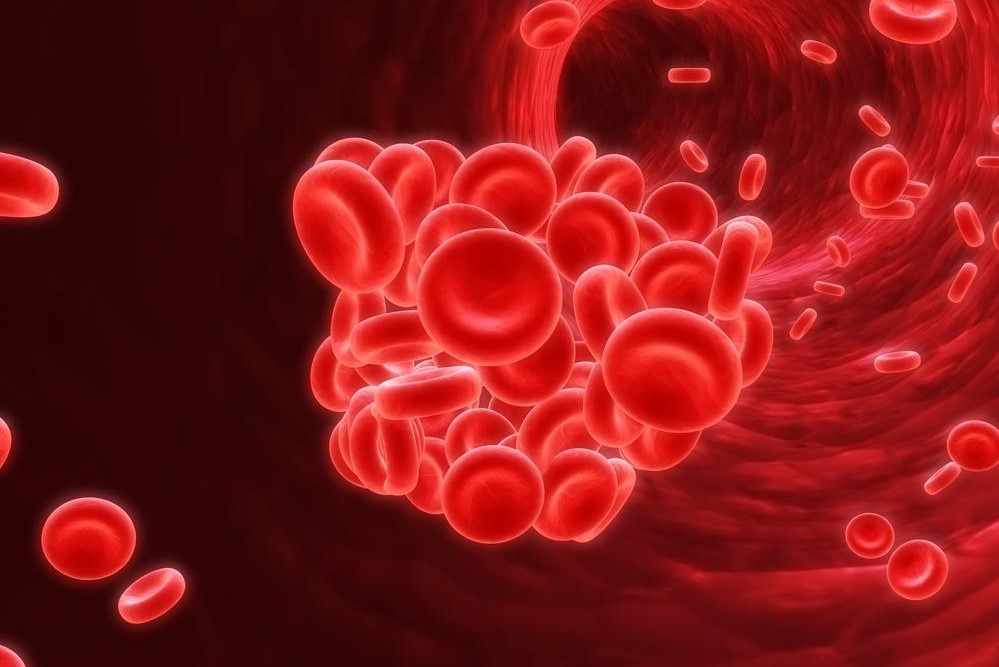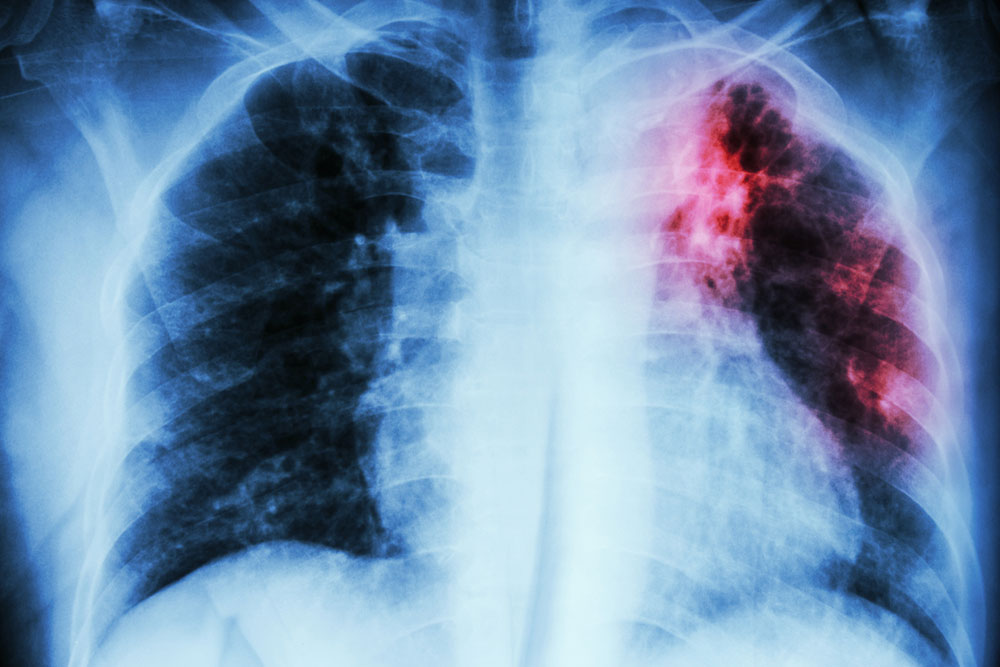Recognizing Symptoms and Diagnosing Blood Clots
This comprehensive overview explains the symptoms of blood clots across different body regions and highlights essential diagnostic tests. Recognizing early signs such as swelling, pain, chest discomfort, and neurological symptoms can be life-saving. The article emphasizes the importance of timely diagnosis and treatment to prevent severe complications like strokes, heart attacks, or pulmonary embolism. It also identifies high-risk groups, including elderly, pregnant women, and those with chronic illnesses, underlining the need for awareness and prompt medical attention for blood clot symptoms for optimal health outcomes.
Sponsored

Blood clot formation is essential for wound healing, preventing excessive blood loss after injuries. However, clots that develop within veins or arteries can lead to critical health issues if untreated. An inside-vein clot is known as a venous clot, often developing gradually, with deep vein thrombosis (DVT) being a severe form. Arterial clots form in arteries and can cause life-threatening events like strokes or heart attacks, requiring prompt medical care.
Symptoms vary depending on the clot's location. Recognizing early signs is vital for timely treatment.
This condition demands immediate attention, as clots can lead to severe consequences such as strokes or heart attacks if left untreated.
Cluster of Symptoms
Blood clot symptoms can appear suddenly and vary by site. Recognizing these signs can save lives.
Leg Clot Symptoms
Deep vein thrombosis (DVT), typically around the thigh or calf, presents with redness, warmth, swelling, tenderness, and pain. Clots here are dangerous if they dislodge and migrate to vital organs.
Chest Clot Symptoms
Clots in the heart or lung arteries may cause chest pain that worsens with deep breaths, rapid heartbeat, and shortness of breath, indicating a potentially deadly condition.
Abdominal Clot Symptoms
Mesenteric venous thrombosis can generate abdominal pain after eating, along with bloating and vomiting, risking internal tissue damage.
Brain Clot Symptoms
Clots in the brain or carotid arteries can trigger strokes, exhibiting numbness, vision issues, speech difficulties, and motor impairments.
Certain groups are at higher risk of developing blood clots, including:
Obese individuals
People over 60
Chronic inflammatory disease sufferers
Smokers
Women on oral contraceptives
Pregnant women
Individuals with atrial fibrillation
Persons with cirrhosis
Cancer patients
Blood clots can also affect those who sit for prolonged periods, are bedridden, or have a family history of clotting disorders.
Diagnosis Methods
Accurate and swift diagnosis is essential. Medical professionals may employ several tests, including:
D-Dimer Test
This blood test detects abnormal clotting activity levels, assisting in diagnosing DVT or pulmonary embolism.
Ultrasound
Using sound waves, doctors visualize blood flow and locate clots in affected areas.
Venography
If ultrasound is inconclusive, dye is injected into veins, and X-rays reveal clots in leg veins.
CT Scan
This imaging, highly precise, confirms strokes caused by clots or embolisms.
MRI
More complex but effective in detecting blood vessel blockages.
Echocardiography
Primarily used for heart-related clots, especially following embolic events.
Minor blood clots in immobile persons that dissolve naturally usually aren't concerning. However, thrombosis in major veins warrants prompt medical consultation and intervention.






